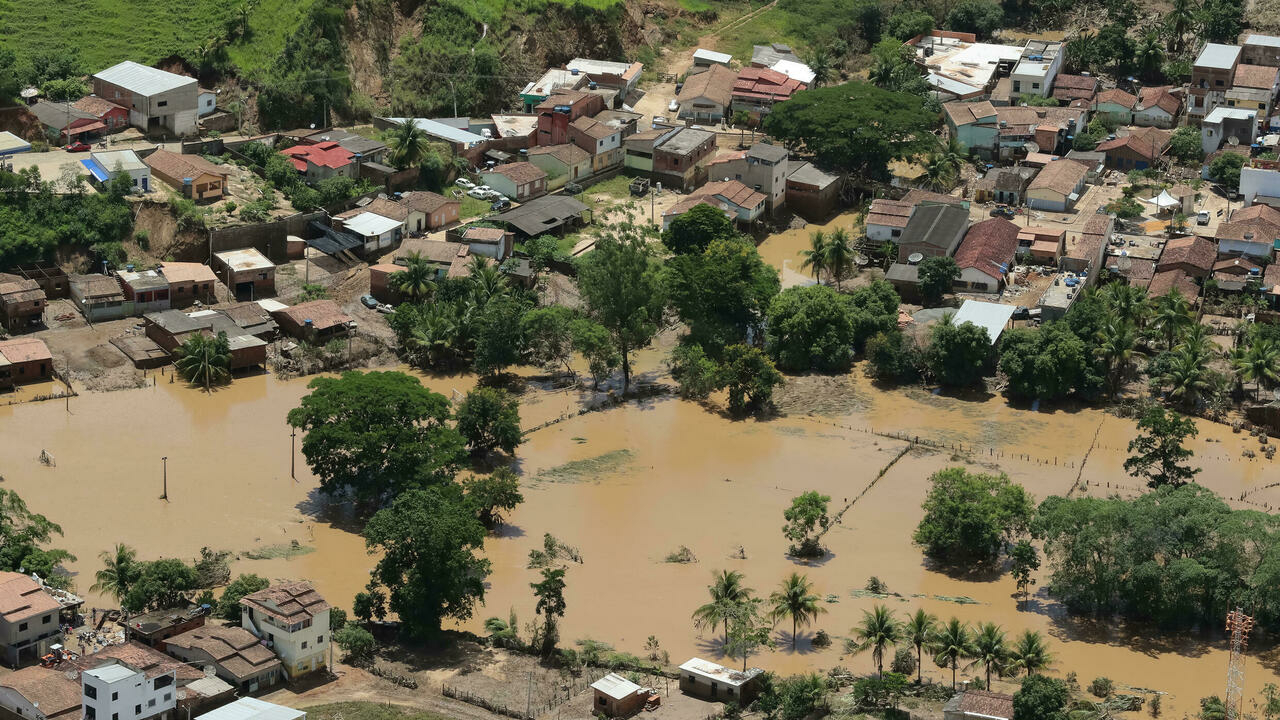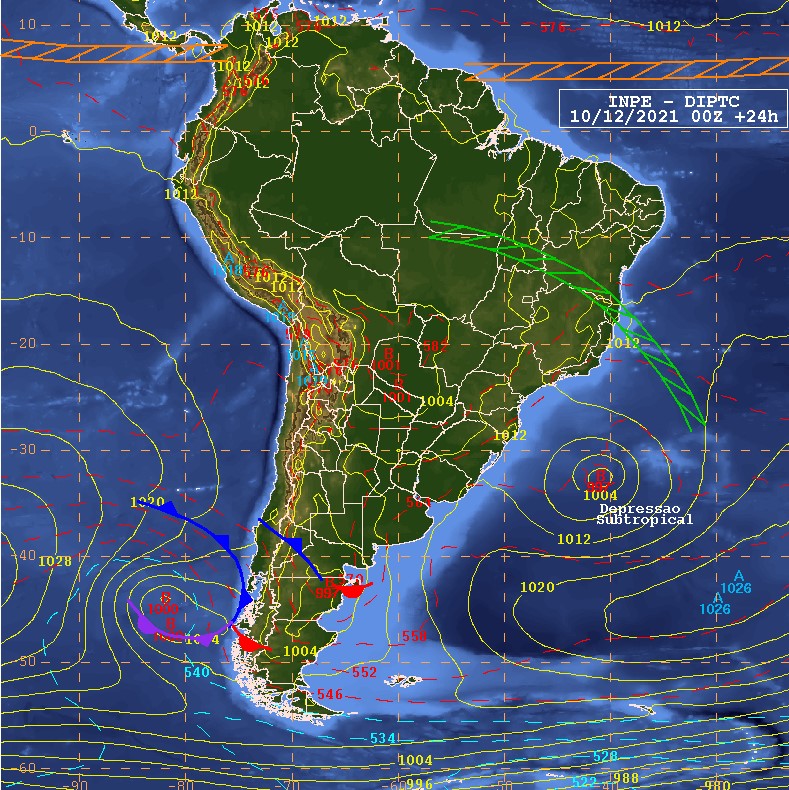Since the beginning of November, it has not stopped raining in the state of Bahia, located in the Northeast region of Brazil. This phenomenon of nature has been causing damage and setting impressive records never before registered in the country at this time of year. According to data from the State Civil Defense released last Thursday, 25 people have died, more than 91,000 are homeless and 629,000 have been affected in some way by the floods.
At least 25 cities have had to declare a state of emergency because of flooding with houses being submerged and many families losing everything they have. The images circulating around the world show the devastation that the rains have caused, almost as if cities have been bombed during a war.
Bahia state Governor, Rui Costa, said in the latest press conference that the scale of flooding was like nothing he had seen in Bahia’s recent history.
“Given the number of cities and houses involved, it’s truly terrifying. There are so many houses and streets that are completely underwater.”
It was in Ilhéus, in southern Bahia, that the most recent death was recorded when a 45-year-old man drowned and was carried away by the force of water with his body only being found on December 30th.

The force of the water has been so strong that cities located in arid regions, which normally suffer from drought during the Brazilian summer, are now underwater. This is the case of Itororó, in the center of Bahia, where there are already more than 200 homeless families who have been taken to shelters and schools in other parts of the region.
“Many people have lost everything they had, they just didn’t lose their lives. I’ve seen so many people come crying to me today,” lamented the Mayor, Paulo Carneiro Rio, in a telephone interview with Development Aid.
Brazilian President, Jair Bolsonaro, chose not to interrupt his vacation on a beach in Santa Catarina in southern Brazil to visit the region. He has said, however, that he would set aside US$35 million for the reconstruction of the infrastructure in the affected cities.
Although the government of Argentina has offered to send professionals who specialize in flooding to help the population in Bahia, through an official document the Ministry of Foreign Affairs of Brazil refused this neighboring country’s support.
What is the cause?
December is the beginning of summer in Brazil. Traditionally, it is a rainy period throughout much of the country, a time when there are phenomena that contribute to the continual replacement of water in what meteorologists call the South Atlantic Convergence Zone (SACZ).
According to the Brazilian meteorology agency, this phenomenon is characterized by “the persistence of clouds that remain practically stationary, causing a lot of rain over the same areas for at least four consecutive days”. Usually, this is concentrated in the northern region of Brazil, where the Amazon forest is located, to the southeast which is the most populous region of the country.
On this map, it is possible to see the phenomenon advancing through the Brazilian Northeast. The green lines show the force of rain across Bahia.

“Usually, this phenomenon starts in the Brazilian spring, between September and October, and goes on until the following months of summer and autumn. This means that it is a common and expected phenomenon for this time of year, but in December we have seen these SACZ events positioned further north and hitting the south of Bahia more strongly,” explains meteorologist Willy Hagi, from Meteonorte consultancy.
Furthermore, Meteonorte believes that this year the rainy season has been different having been influenced by the effects of La Niña and global warming. La Niña is part of another phenomenon, El Niño, a climatic phenomenon that causes an abnormal warming of the surface waters of the Pacific Ocean, mainly in the equatorial zones where much of South America is located.
El Niño usually occurs at average intervals of four years, normally in December around Christmas, and thus gains its name in reference to Niño Jesus or Child Jesus. In Brazil, this usually means more rain in the southern region and less rain in the northern and northeastern regions.
However, La Niña brings different conditions with heavy and plentiful rains, increased river flows and subsequent flooding in north and northeast Brazil, and drought in the south of the country.
“At the beginning of 2021, La Niña was responsible for the biggest flood in the Amazon in the last 120 years. Now, we have entered another flood that is expected to last at least until the first quarter of 2022 and with all the associated socioeconomic consequences, from flooding to loss of human life,” explained Hagi.
For the climatologist, Francisco Eliseu Aquino, a researcher at the Federal University of Rio Grande do Sul, the floods in Bahia may be a reflection of the climate changes being seen throughout the world. It is still too early to make the relationship with 100% certainty but warmer waters can be seen on the Brazilian coast and these completely change the dynamics of the weather.
“It is not possible to guarantee that there is a relationship with climate change but, on a warmer planet, extreme events will become more frequent not only in Brazil but worldwide. Storms like this one, in Bahia, may become routine,” says Aquino.

